Home>Garden Essentials>How Often Should You Water Tomato Seeds
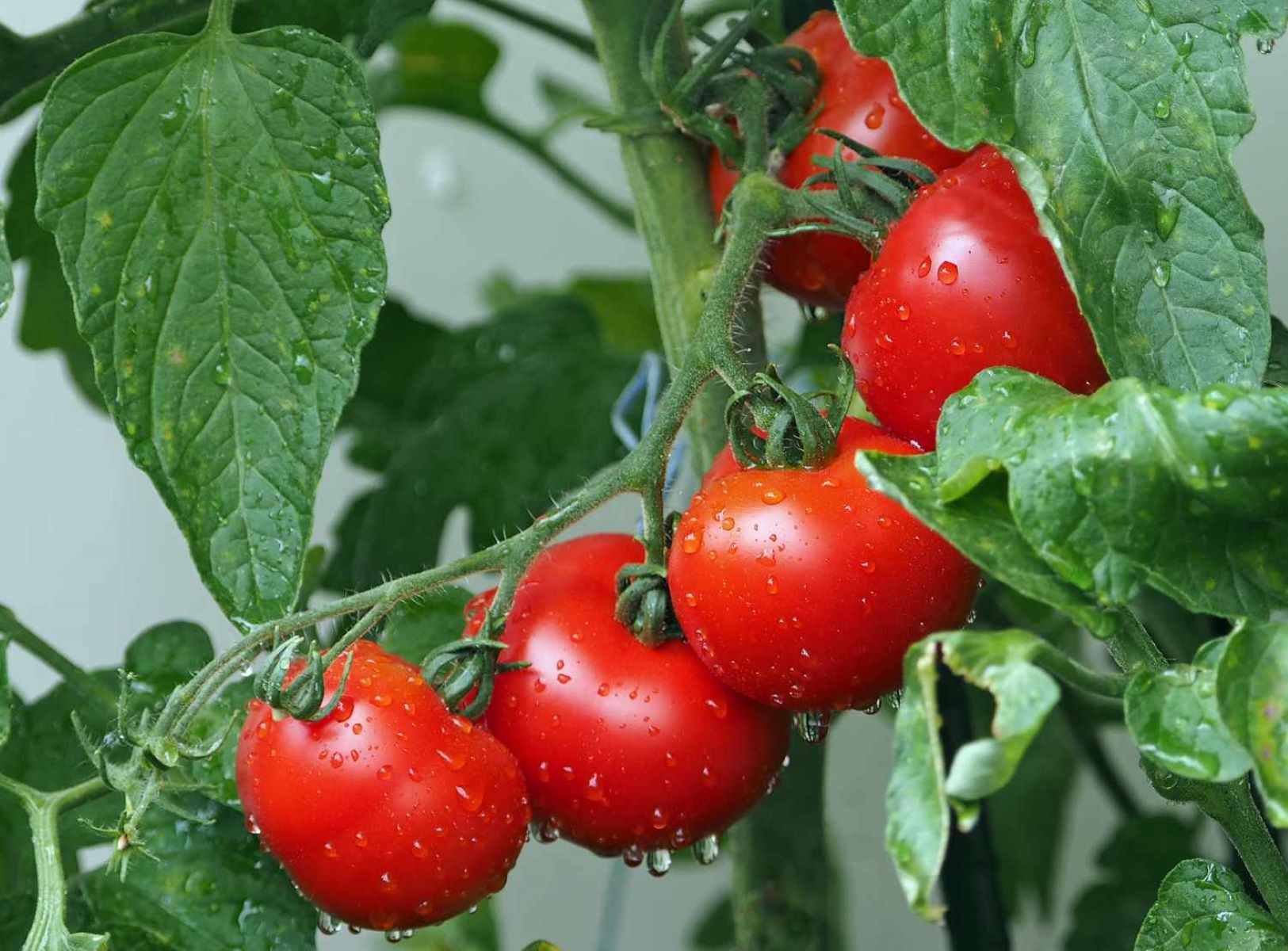

Garden Essentials
How Often Should You Water Tomato Seeds
Modified: August 23, 2024
Discover how often you should water tomato seeds in your garden and ensure healthy growth. Follow these guidelines for optimal watering and avoid over or under watering.
(Many of the links in this article redirect to a specific reviewed product. Your purchase of these products through affiliate links helps to generate commission for Storables.com, at no extra cost. Learn more)
Introduction
One of the most crucial aspects of successfully growing tomatoes from seeds is providing them with the right amount of water. Water is essential for seed germination, root development, and overall plant health. However, determining the correct watering frequency for tomato seeds can be a challenging task. Overwatering or underwatering can lead to poor seedling growth, disease susceptibility, and even plant death.
In this article, we will explore the factors that affect the watering frequency for tomato seeds at different stages of their growth. We will discuss the germination stage, early seedling stage, and established seedling stage. Furthermore, we will provide tips on how to determine the optimal watering schedule for your tomato seeds and share signs that indicate whether your seeds are being underwatered or overwatered.
By understanding the watering needs of tomato seeds, you can ensure the healthy development of your plants and maximize your chances of a bountiful harvest. So let’s dive in and discover how often you should water your tomato seeds at each stage of their growth!
Key Takeaways:
- Tomato seeds need consistent moisture for germination. Water gently every day or every other day, and watch for signs of underwatering like wilting and dry soil.
- Adjust watering frequency as seedlings grow. Keep soil consistently moist, but not waterlogged. Watch for signs of overwatering like yellowing leaves and mold growth.
Read more: How Often Should You Water Lavender Seeds
Factors Affecting Tomato Seed Watering Frequency
Several factors come into play when determining how often tomato seeds should be watered. Understanding these factors will help you create an ideal watering schedule for your tomato seeds.
1. Soil Moisture Retention: The type of soil you use plays a significant role in retaining moisture. Sandy soils tend to drain quickly and may require more frequent watering, whereas clay soils retain moisture for longer periods, necessitating less frequent watering. It’s important to choose well-draining soil that both retains moisture and allows excess water to drain away.
2. Ambient Temperature: Temperature affects evaporation rates, which in turn affect how quickly the soil dries out. In warm weather, the soil can dry out faster, requiring more frequent watering. Conversely, in cooler temperatures, the soil retains moisture for longer, reducing the frequency of watering.
3. Humidity Levels: Higher humidity levels can slow down evaporation, leading to slower moisture loss from the soil. In areas with high humidity, you may need to adjust the watering frequency to avoid overwatering the seeds.
4. Seed Starting Method: The method you choose to start tomato seeds can impact their watering needs. If you’re starting seeds indoors in seed trays or pots, they may dry out faster due to increased airflow. On the other hand, direct sowing seeds in the ground may require less frequent watering as the soil retains moisture better.
5. Container Size: If you’re growing tomatoes in containers, the size of the container will determine how often you need to water. Smaller containers dry out faster and may require more frequent watering, while larger containers retain moisture for longer periods.
6. Seed Variety: Different tomato varieties have varying water requirements. Some varieties are more drought-tolerant and can handle less frequent watering, while others are more moisture-dependent and may need more frequent watering.
7. Plant Growth Stage: The watering needs of tomato seeds change as they progress through different growth stages. Seed germination, early seedling, and established seedling stages each have unique moisture requirements.
Taking these factors into account, continue reading to learn the specific watering needs of tomato seeds at different growth stages, and how to adjust your watering frequency accordingly.
Seed Germination Stage
The seed germination stage is the initial phase of a tomato seed’s growth journey. During this stage, the seed absorbs moisture, swells, and eventually sprouts into a seedling. Proper watering is crucial to ensure successful germination.
Here are some key points to consider when watering tomato seeds during the germination stage:
1. Moisture Consistency: Maintaining consistent moisture is essential for germinating tomato seeds. The top layer of the soil should remain evenly moist, but not saturated. Overwatering can lead to oxygen deprivation and root rot, while underwatering can hinder germination.
2. Watering Method: To avoid disturbing the seeds, it is best to water gently using a fine mist or a spray bottle. This helps ensure that the seeds remain in place and maintain good soil contact.
3. Frequency: During this stage, it is generally necessary to water every day or every other day to keep the soil evenly moist. However, it’s crucial to monitor the moisture levels and adjust the frequency based on the soil’s moisture retention and environmental conditions.
4. Avoid Waterlogging: While maintaining consistent moisture is important, it is equally important to prevent waterlogging. Excess water can suffocate the seeds and lead to fungal diseases. Ensure that the soil has enough drainage to allow excess water to escape.
5. Location: Place the germinating seeds in a warm and bright location, such as a sunny window sill or under grow lights. Warmth accelerates germination, while light prevents seedlings from becoming leggy.
By providing the right amount of moisture and creating the ideal germination environment, you give your tomato seeds the best chance of sprouting and developing into healthy seedlings. Once your tomato seeds have successfully germinated, it’s time to move on to the next stage – the early seedling stage.
Early Seedling Stage
After successful germination, tomato seeds enter the early seedling stage. At this point, the seedlings begin to develop their first true leaves and establish a more robust root system. Proper watering during this stage is crucial for healthy growth and development.
Here are some guidelines for watering tomato seedlings during the early seedling stage:
1. Soil Moisture: The soil should be kept consistently moist but not waterlogged. Aim for damp soil rather than saturated conditions. Overwatering can lead to root rot, while underwatering can cause stunted growth and wilting.
2. Watering Frequency: Check the soil moisture regularly and water when the top inch of the soil feels dry to the touch. Depending on the environmental conditions and the moisture retention of your soil, this may be every 2-3 days. Adjust the watering frequency as needed to maintain consistent moisture.
3. Deep Watering: When watering seedlings, ensure that the water reaches the root zone. Watering deeply encourages the roots to grow deeper into the soil, promoting a stronger and more resilient plant.
4. Time of Day: Water seedlings in the morning to allow excess moisture on the leaves to dry out during the day. This helps prevent fungal diseases that thrive in damp conditions.
5. Fertilizer Management: During the early seedling stage, it’s generally not necessary to fertilize tomato seedlings. However, if you choose to use a diluted fertilizer, do so sparingly and follow the instructions on the product label. Excessive fertilizer can lead to overgrowth and weak stems.
6. Environmental Factors: Consider the temperature and humidity levels in your growing area. Warmer temperatures and lower humidity can cause the soil to dry out faster, requiring more frequent watering. Adjust your watering schedule accordingly.
Proper hydration during the early seedling stage establishes a strong foundation for your tomato plants. By providing consistent moisture and ensuring the seedlings receive the appropriate amount of water, you set them up for success as they transition into the established seedling stage.
Established Seedling Stage
As tomato seedlings continue to grow and develop, they enter the established seedling stage. During this stage, the seedlings become stronger and more resilient, and their root systems expand further into the soil. Proper watering is crucial to support their continued growth.
Here are some guidelines for watering tomato seedlings during the established seedling stage:
1. Soil Moisture: The soil should be consistently moist but not waterlogged. Water deeply to encourage the roots to grow deep into the soil. Aim to keep the top few inches of the soil evenly moist. Avoid letting the soil completely dry out between watering sessions.
2. Watering Frequency: As the seedlings grow larger and develop more extensive root systems, they require less frequent watering. Generally, established seedlings need to be watered every 3-5 days, depending on the specific environmental conditions and the moisture retention of your soil.
3. Watering Depth: As the seedlings have developed deeper roots, it is important to water deeply to encourage the roots to continue growing downward. Provide enough water to penetrate at least 6 inches into the soil.
4. Mulching: Apply a layer of organic mulch around the base of the seedlings. Mulching helps retain soil moisture, suppress weed growth, and regulate soil temperature. It also reduces water evaporation from the soil surface, which can contribute to a more efficient use of water.
5. Observation and Monitoring: Pay close attention to the moisture levels of the soil and the appearance of the seedlings. Adjust your watering frequency based on the specific needs of your plants. Remember that environmental factors, such as temperature and humidity, can influence watering requirements.
6. Drought Tolerance Training: Gradually exposing your tomato seedlings to short periods of drought stress can help them develop stronger and more drought-tolerant root systems. This can be done by slightly reducing watering frequency, encouraging the roots to search for water deeper in the soil.
By providing consistent and adequate moisture during the established seedling stage, you will support the healthy growth of your tomato plants and prepare them for the next stage of development – the transplanting or fruiting stage.
Water tomato seeds consistently, keeping the soil moist but not waterlogged. Aim to water every 1-2 days, adjusting based on the soil’s moisture level and weather conditions.
Read more: How Often Should You Water Sunflower Seeds
Determining Watering Frequency for Tomato Seeds
Determining the ideal watering frequency for your tomato seeds requires careful attention to their specific needs and the environmental conditions they are grown in. While there are general guidelines to follow, it’s essential to adapt and fine-tune your watering schedule based on the unique factors of your growing situation.
Here are some tips to help you determine the watering frequency for your tomato seeds:
1. Soil Moisture Monitoring: Regularly check the moisture levels of the soil by inserting your finger or a moisture meter into the soil. If the top inch of the soil feels dry, it’s time to water. Avoid waiting until the plants start to show signs of stress before watering.
2. Observation and Visual Cues: Pay attention to the appearance of the plants. Wilting, drooping leaves, and yellowing can be signs of underwatering, while yellow leaves, root rot, or mold growth can indicate overwatering. Adjust your watering frequency based on these visual cues.
3. Environmental Factors: Take into account the specific environmental conditions in your growing area. Factors such as temperature, humidity, and sunlight intensity can influence the rate of water evaporation and the moisture needs of your tomato plants. Adjust your watering schedule accordingly.
4. Watering Depth: Ensure that water penetrates the root zone of the plants. Watering deeply encourages the roots to grow deeper into the soil, making the plants more resilient to drought and environmental stress. Water until the soil is moist at least 6 inches deep.
5. Seasonal Adjustments: As the seasons change, the watering needs of your tomato plants may vary. In hotter and drier weather, you may need to increase the frequency of watering, while in cooler and more humid conditions, you may need to reduce it. Monitor the moisture levels and adjust your watering schedule accordingly.
6. Container vs. Ground: If you’re growing tomatoes in containers, they may require more frequent watering as the soil tends to dry out faster. Containers also have limited soil volume, meaning less moisture retention. In-ground plants, on the other hand, can generally go longer between watering sessions.
Remember that every garden and growing situation is unique. It’s essential to observe and adjust your watering frequency based on the specific needs of your plants. Over time, you will develop a watering routine that suits your tomato seeds and allows them to thrive and produce a bountiful harvest.
Signs of Underwatering Tomato Seeds
Underwatering can have detrimental effects on the growth and health of tomato seeds. It is crucial to recognize the signs of underwatering in order to take appropriate action and prevent further damage. Here are some common signs to look out for:
1. Wilting: One of the most obvious signs of underwatering is wilting. When tomato plants do not receive enough water, their leaves will droop and become limp. This is the plant’s way of conserving water and reducing surface area to minimize water loss through transpiration.
2. Dry Soil: Check the moisture level of the soil by feeling it with your finger. If the soil feels dry to the touch, it indicates that the plant is not receiving adequate water. Dry soil can be a clear indication of underwatering.
3. Stunted Growth: Insufficient water supply can impede the growth of tomato seeds. If you notice that your plants are not growing as quickly as they should or if they appear smaller and less vigorous compared to healthy plants, it may be due to underwatering.
4. Yellowing Leaves: When tomato plants are underwatered, their leaves may start turning yellow. This is a defense mechanism used by the plant to conserve water. The yellowing usually begins with the lower leaves and gradually progresses up the plant as the condition worsens.
5. Leaf Curling: In an effort to minimize water loss, tomato plants may exhibit leaf curling when they are not receiving enough water. The leaves may roll inward or downward, reducing the surface area exposed to the sun and reducing moisture loss.
6. Dry and Crispy Leaves: If the leaves of your tomato plants appear dry, crispy, or brittle, it is a sign of dehydration. The lack of water causes the leaves to lose their turgidity and become dry to the touch.
7. Slow Fruit Development: Underwatered tomato plants may have slow or stunted fruit development. Insufficient water supply can hinder nutrient uptake and restrict the movement of sugars within the plant, leading to delayed or underdeveloped fruit.
If you notice any of these signs, it’s important to address the issue promptly by providing adequate water to your tomato seeds. Adjust your watering schedule to ensure the plants receive enough moisture to thrive and grow. It is better to slightly overwater than consistently underwater, as overwatering can be easier to rectify. By being attentive to the needs of your tomato seeds, you can prevent the negative effects of underwatering and promote healthy growth.
Signs of Overwatering Tomato Seeds
Overwatering can be just as detrimental to tomato seeds as underwatering. It is crucial to recognize the signs of overwatering in order to prevent root rot and other issues that can arise from excessive moisture. Here are some common signs of overwatering to look out for:
1. Yellowing Leaves: One of the early signs of overwatering is yellowing leaves. The leaves may appear pale or have a yellowish tint. This occurs because the roots are unable to properly absorb nutrients due to the excess moisture, leading to nutrient deficiencies.
2. Wilting: While it may seem contradictory, overwatered tomato plants can also exhibit wilting. This is often a result of the roots becoming waterlogged, which hinders their ability to take in oxygen. Without proper oxygen supply, the plant begins to wilt, despite the excess moisture in the soil.
3. Leaf Drooping: Overwatered tomato plants may have leaves that droop or appear limp. The excessive moisture can cause the roots to become weak and less efficient in providing support to the foliage.
4. Mold or Fungus Growth: Overwatering creates a damp environment that promotes the growth of mold, fungus, and other pathogens. If you notice a fuzzy coating on the soil surface or on the stems and leaves, it is a clear sign of excessive moisture.
5. Slow Growth: Overwatering can hinder the growth of tomato plants. The excessive moisture fills up air pockets in the soil, depriving the roots of oxygen, which is essential for proper growth. Consequently, the plants may appear stunted and fail to develop as expected.
6. Root Rot: One of the most severe consequences of overwatering is root rot. When the roots are constantly saturated, they become susceptible to fungal infections, leading to decay and rotting. If you observe a foul smell coming from the soil or notice mushy, discolored roots, it is likely due to root rot caused by overwatering.
7. Dropping or Yellowing Fruit: Overwatered tomato plants may exhibit dropping or yellowing fruit. Excess moisture can disrupt nutrient uptake, causing the fruit to ripen prematurely or develop irregularly.
If you observe any of these signs, it is important to take immediate action to prevent further damage. Allow the soil to dry out before watering again and adjust your watering schedule to provide proper moisture levels for your tomato seeds. Ensuring that the soil has good drainage and avoiding overwatering will help promote healthy root development and overall plant growth.
Conclusion
Proper watering is a crucial factor in successfully growing tomatoes from seeds. Finding the right balance between underwatering and overwatering is essential to ensure the healthy growth and development of your tomato plants. By considering several factors, such as soil moisture retention, ambient temperature, and the growth stage of the seedlings, you can determine the optimal watering frequency.
During the seed germination stage, consistent moisture and gentle watering are key. As the seedlings progress into the early and established seedling stages, adjust the watering frequency to promote deep root growth while avoiding waterlogging and drought stress. Monitoring the soil moisture, observing visual cues, and considering environmental factors will guide you in establishing a suitable watering routine.
Recognizing the signs of underwatering, such as wilting, dry soil, and stunted growth, allows you to promptly provide the necessary water to your tomato seeds. Likewise, identifying signs of overwatering, such as yellowing leaves, wilting, and root rot, helps you prevent further damage by adjusting your watering practices.
Remember that each garden and growing situation is unique, and it requires observation and adaptation to determine the ideal watering frequency for your tomato seeds. Fine-tuning your watering schedule based on the specific needs of your plants and the environmental conditions will promote healthy growth, strong root development, and a more abundant harvest.
In conclusion, understanding the factors influencing watering frequency, recognizing signs of both underwatering and overwatering, and adjusting your watering routine accordingly will play a vital role in the success of your tomato seedlings. With proper watering practices, you can support their growth and enjoy a bountiful supply of delicious homegrown tomatoes.
Frequently Asked Questions about How Often Should You Water Tomato Seeds
Was this page helpful?
At Storables.com, we guarantee accurate and reliable information. Our content, validated by Expert Board Contributors, is crafted following stringent Editorial Policies. We're committed to providing you with well-researched, expert-backed insights for all your informational needs.
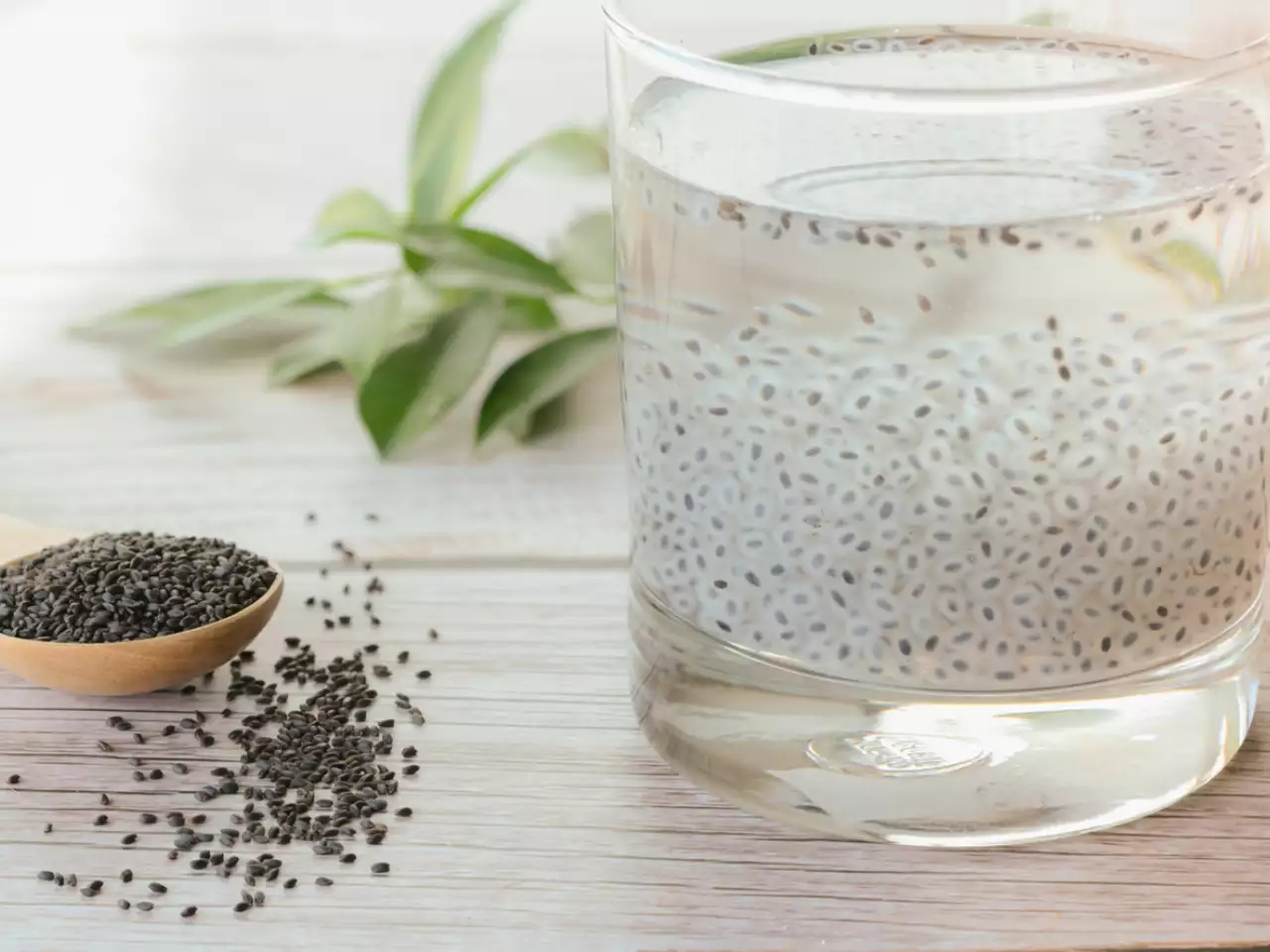
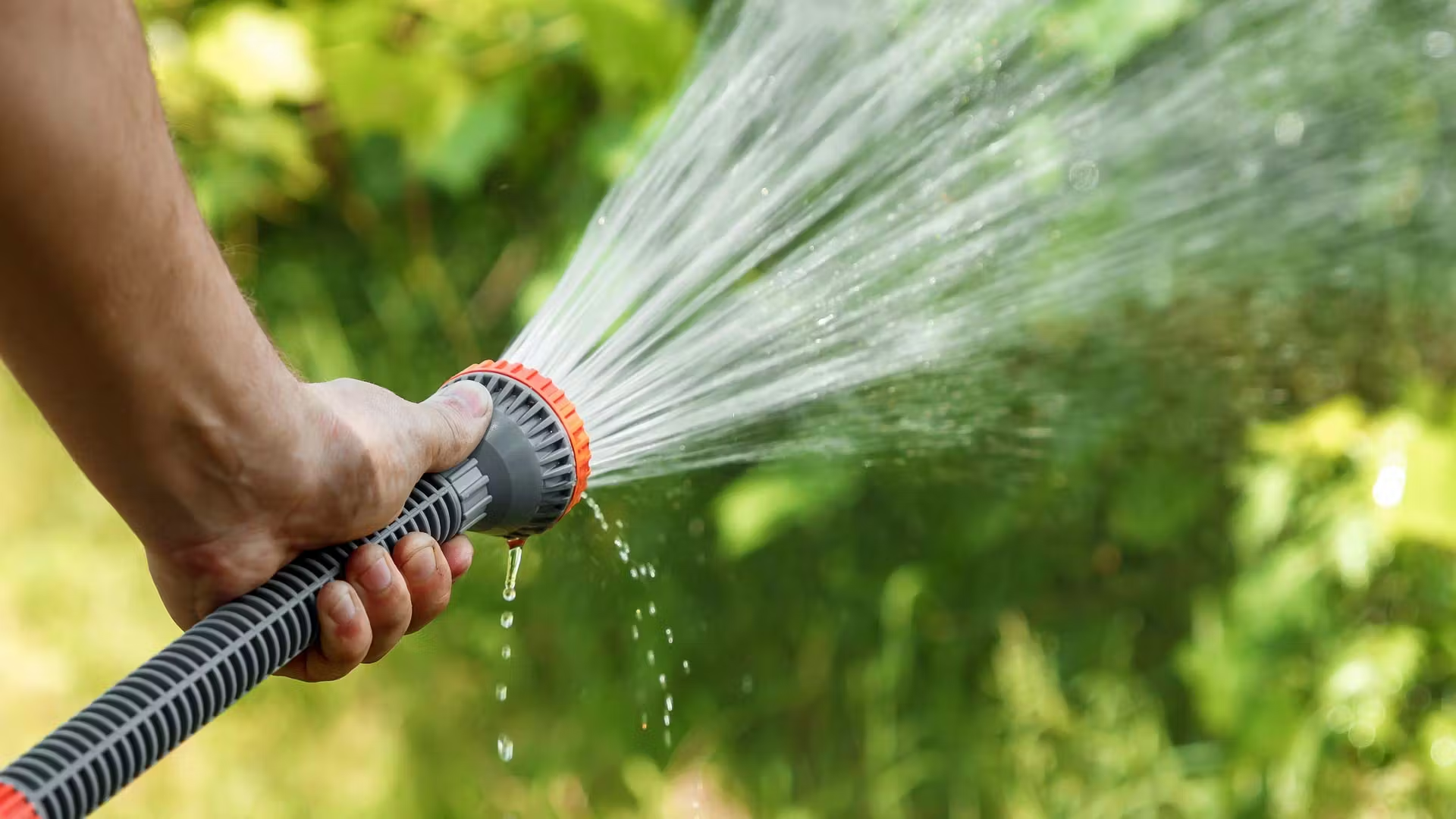
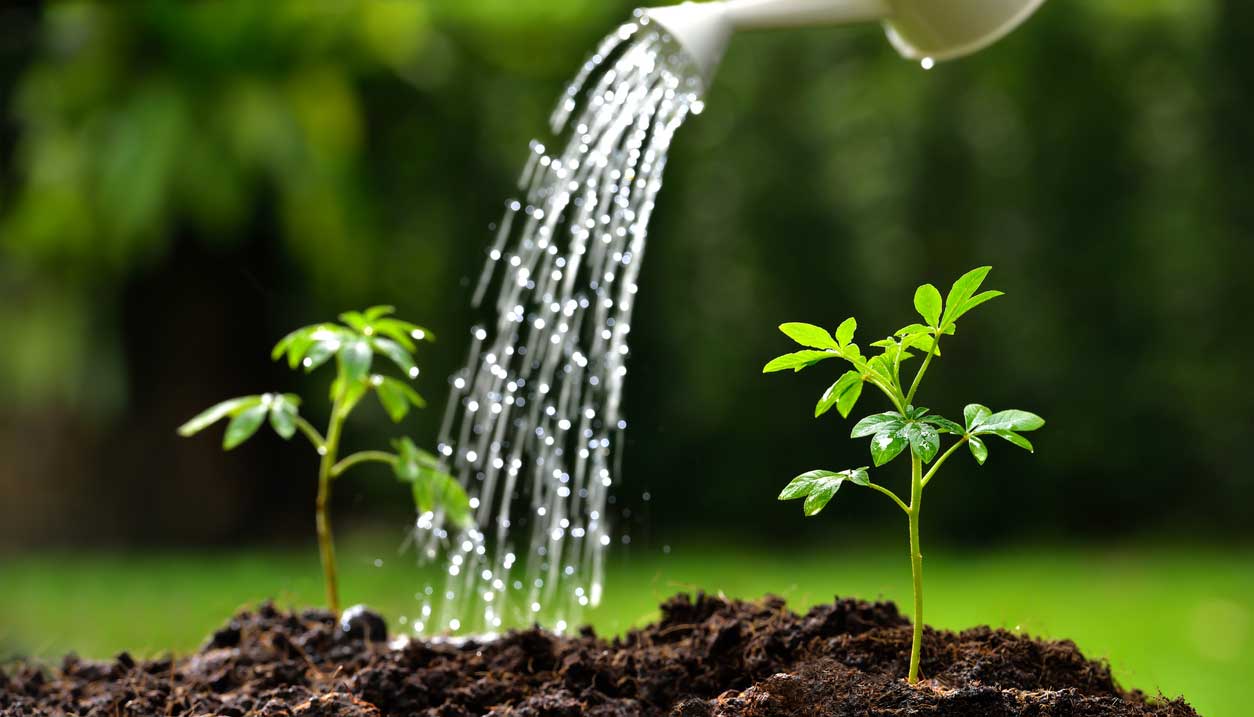
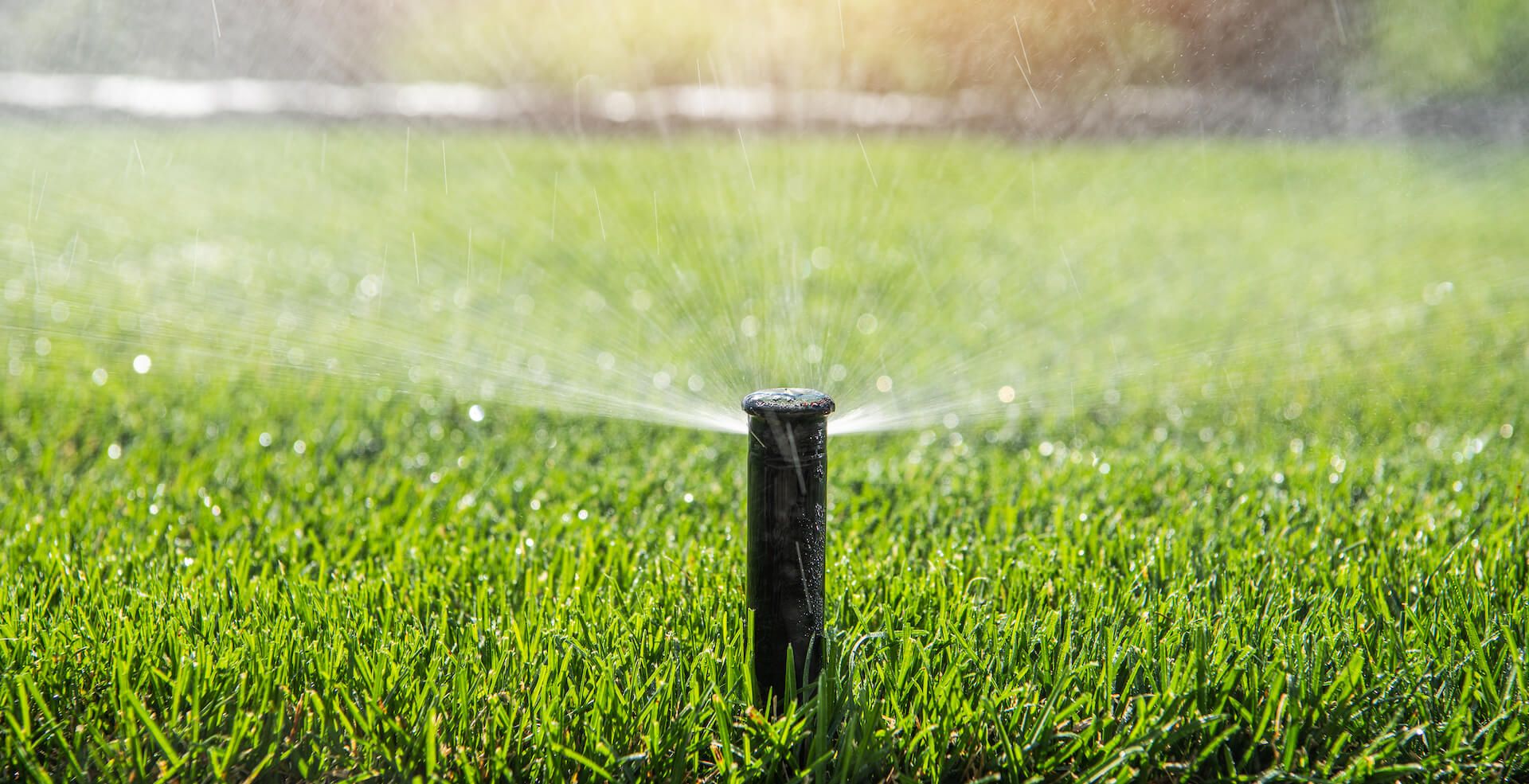

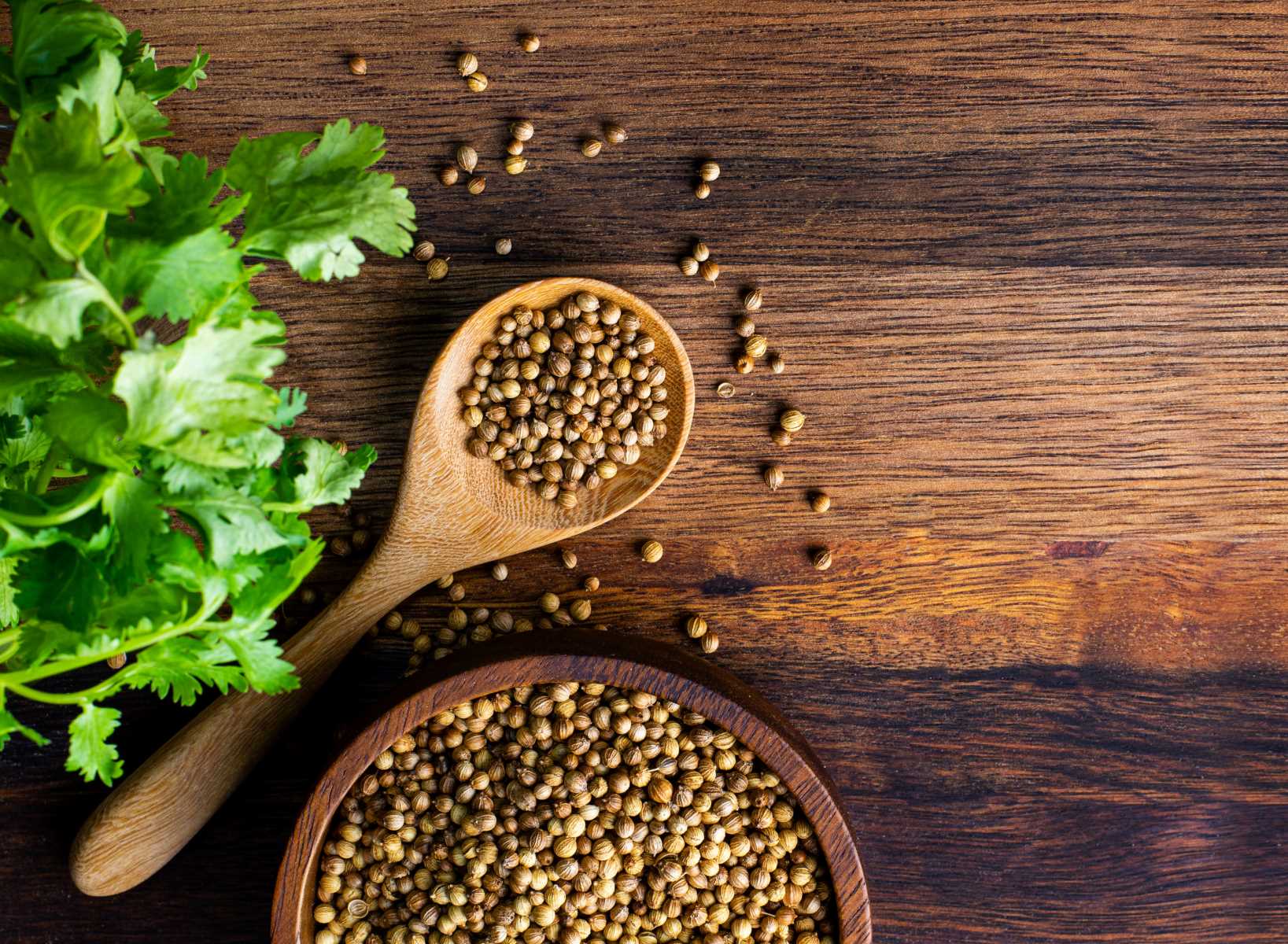
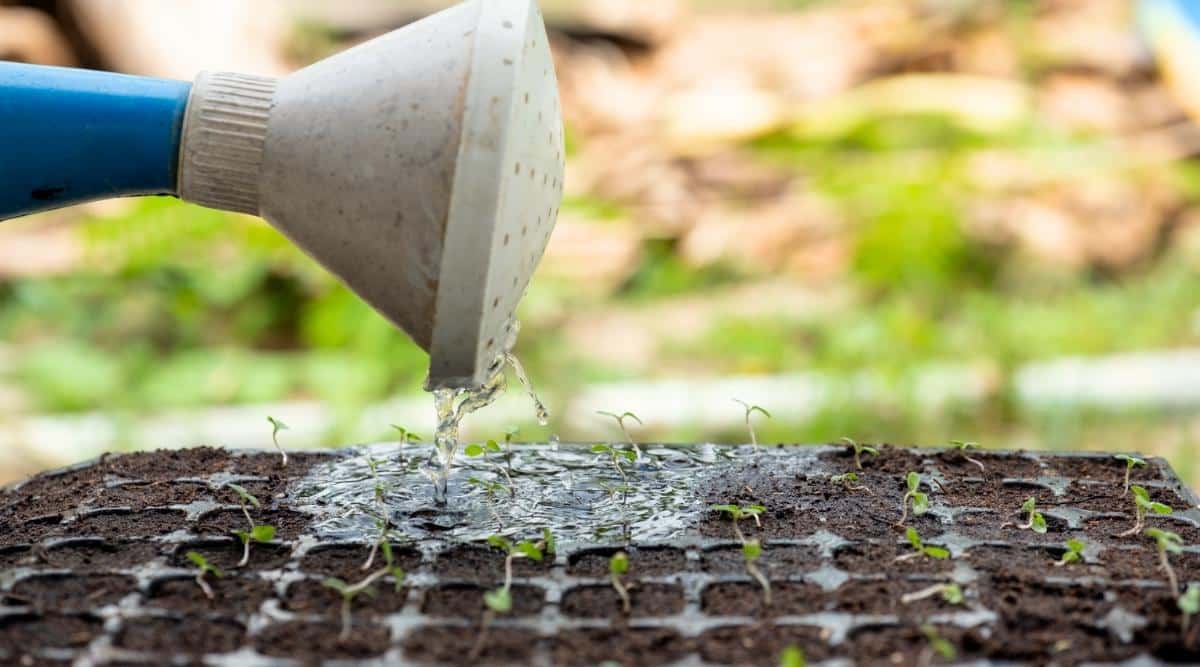

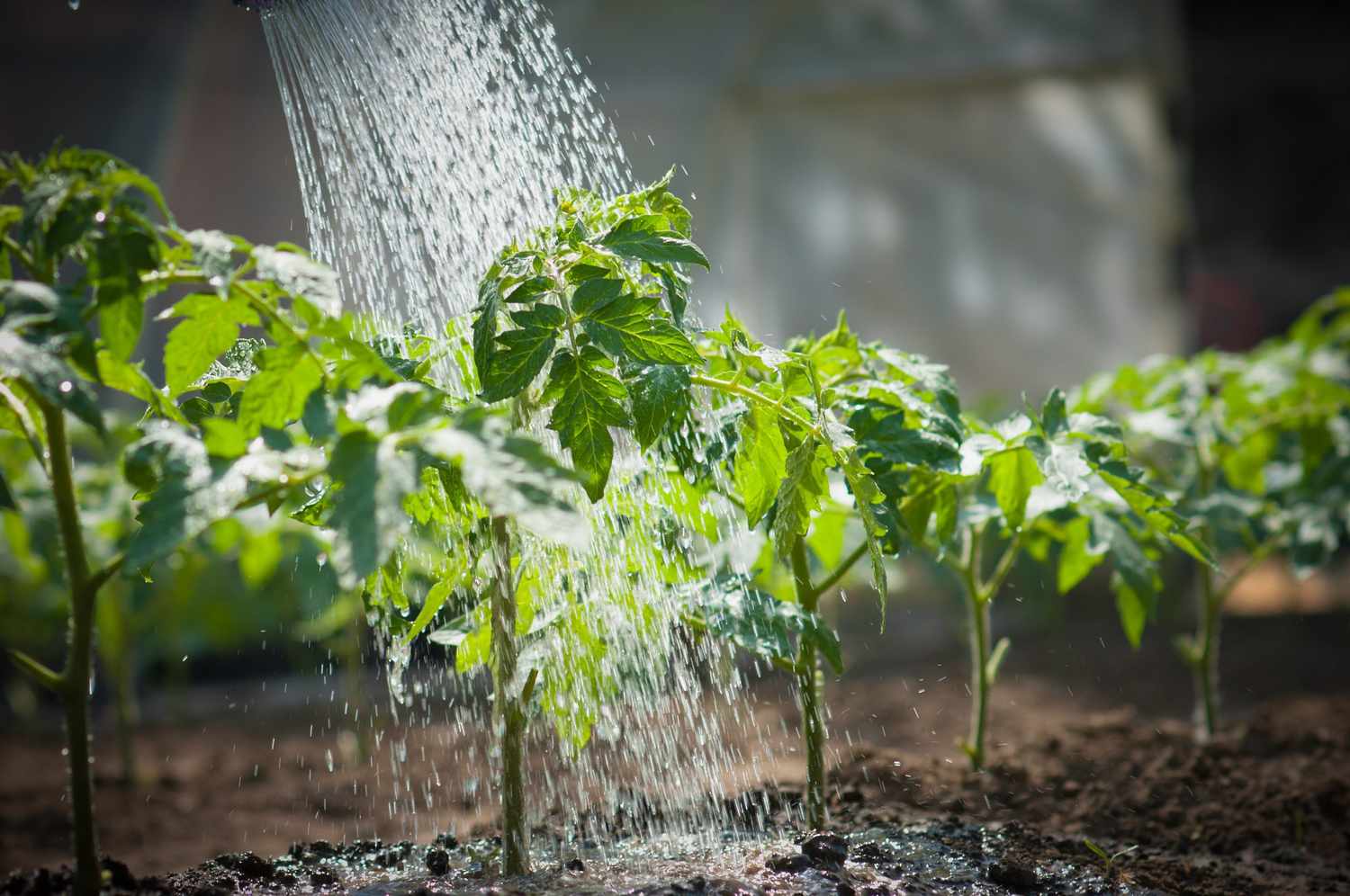
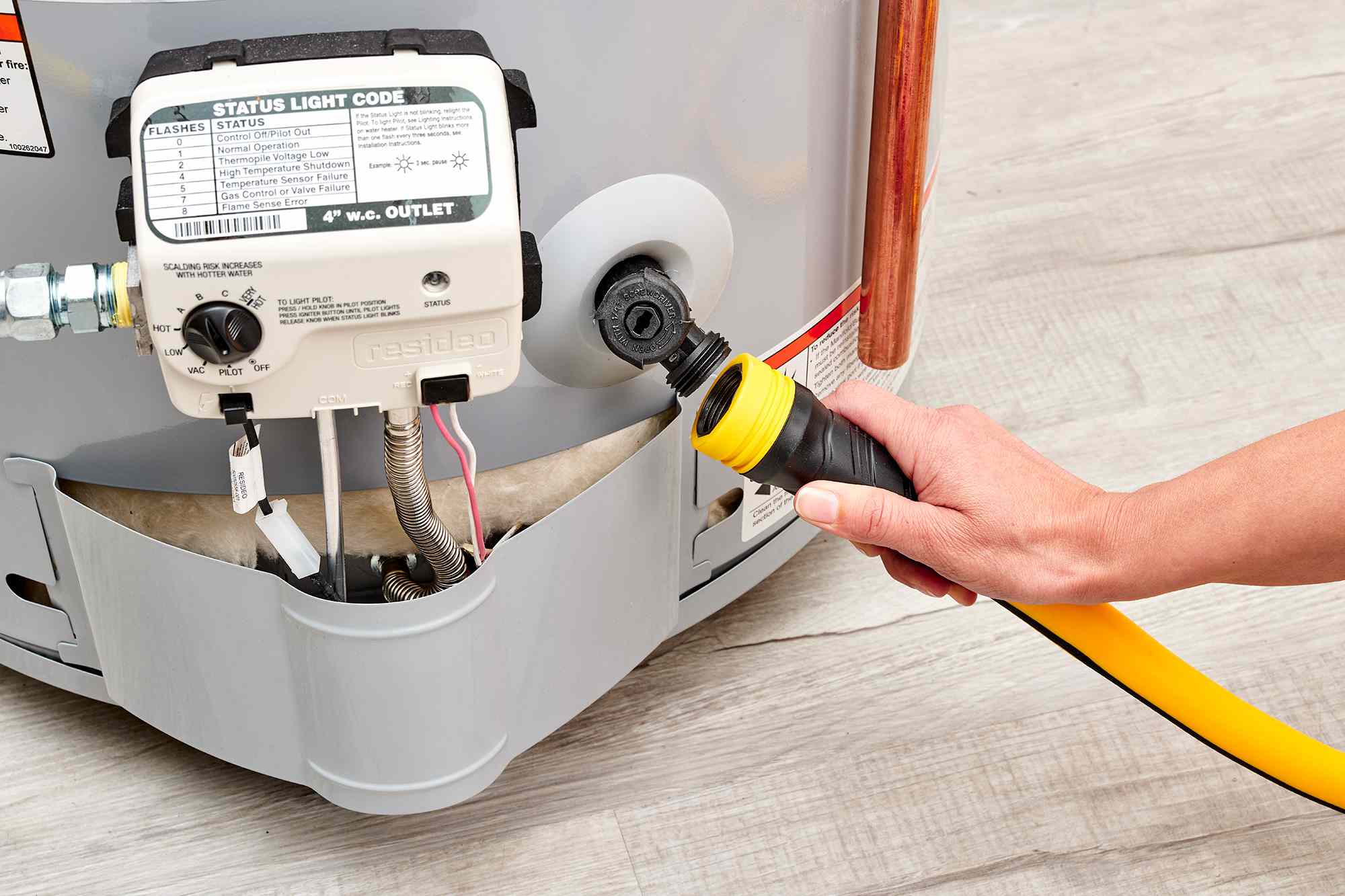
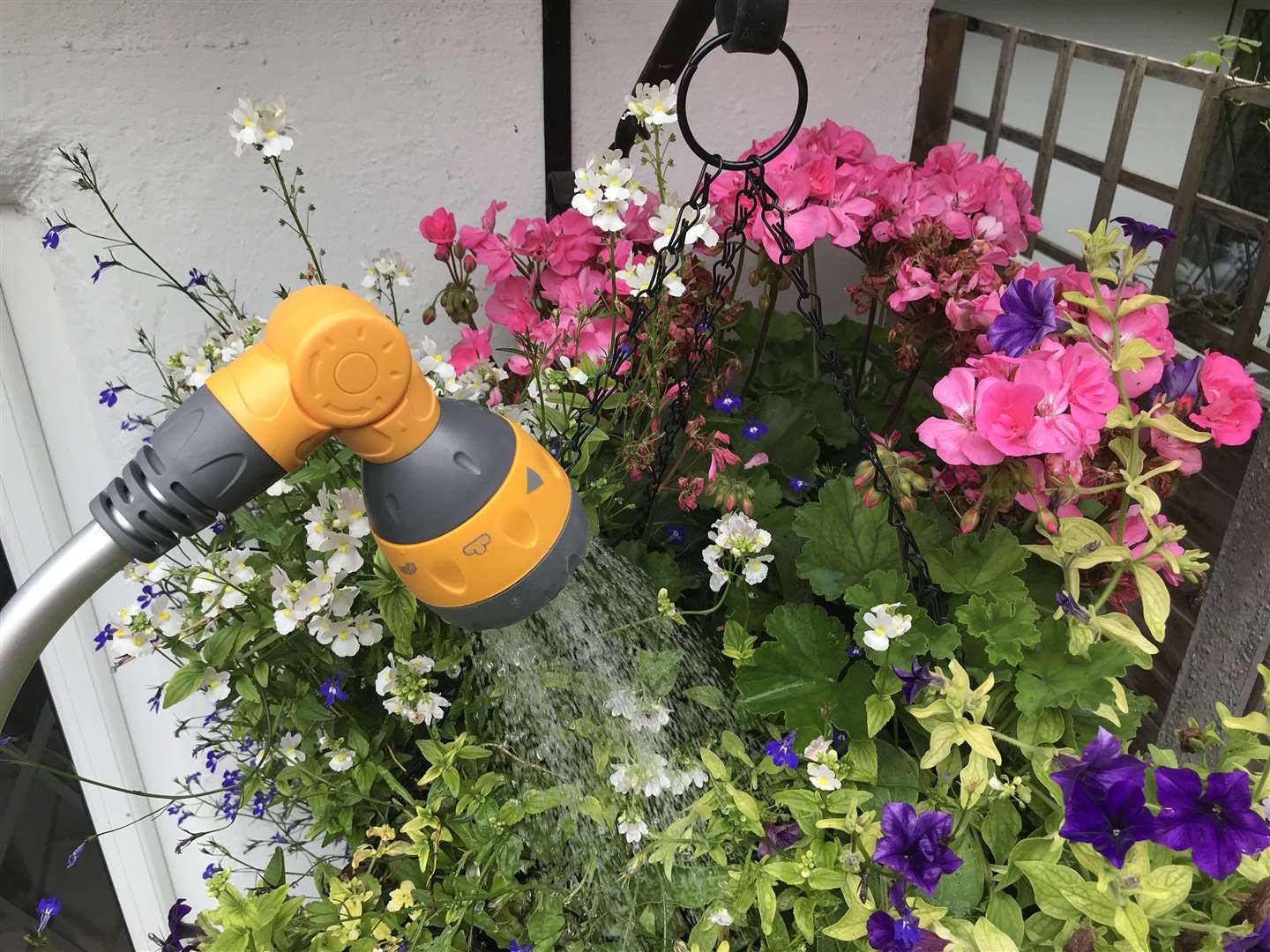
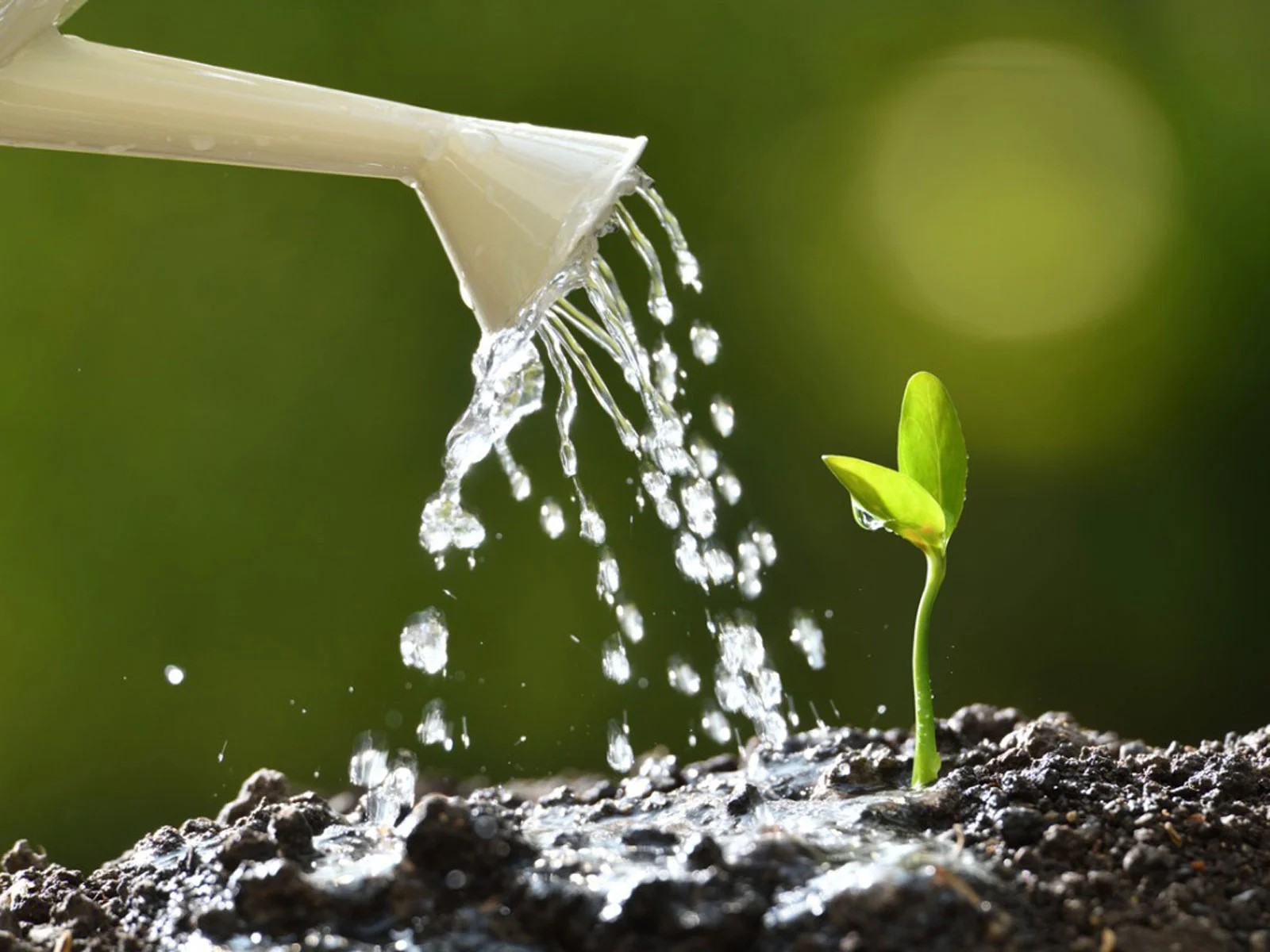
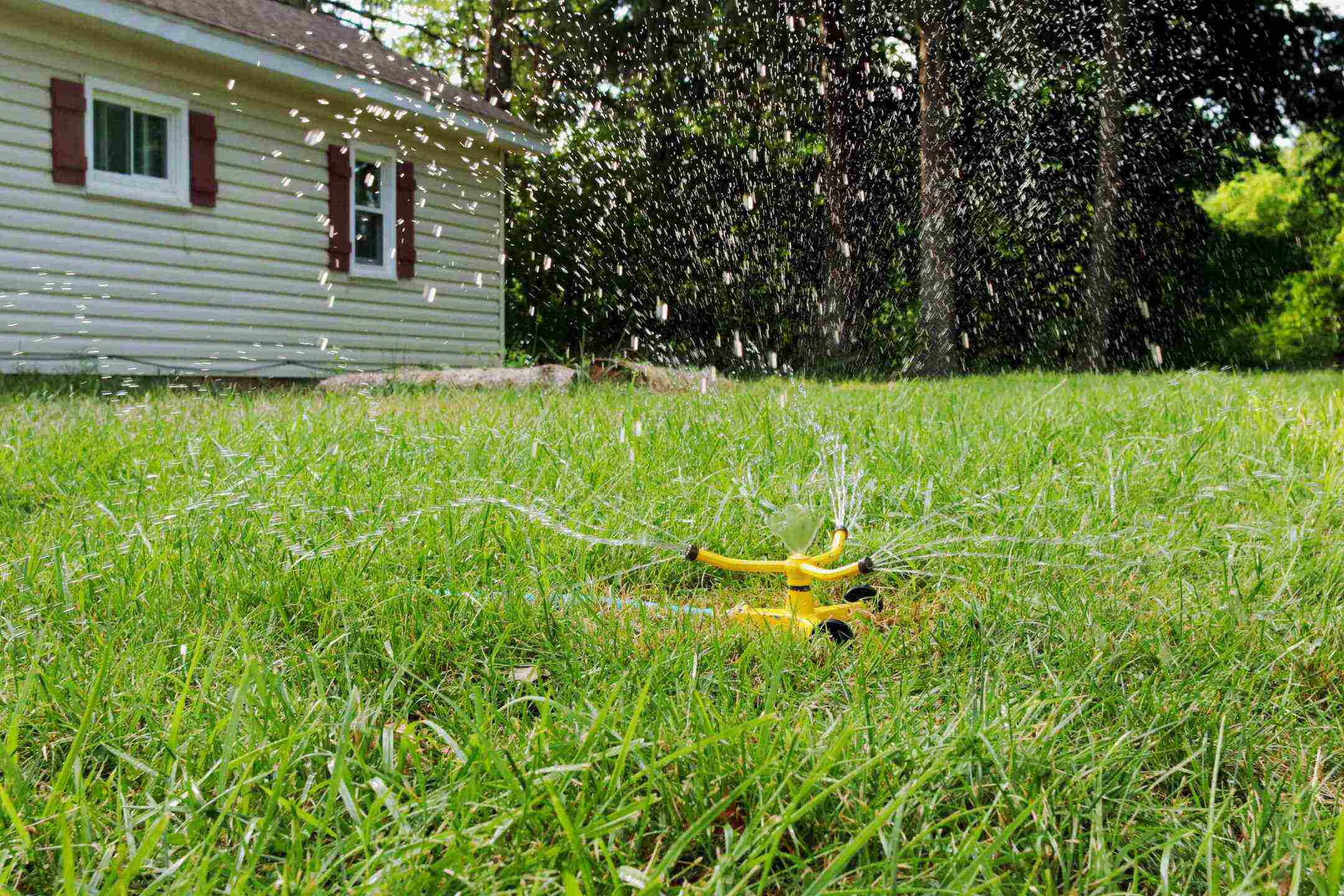


0 thoughts on “How Often Should You Water Tomato Seeds”